Benalmádena
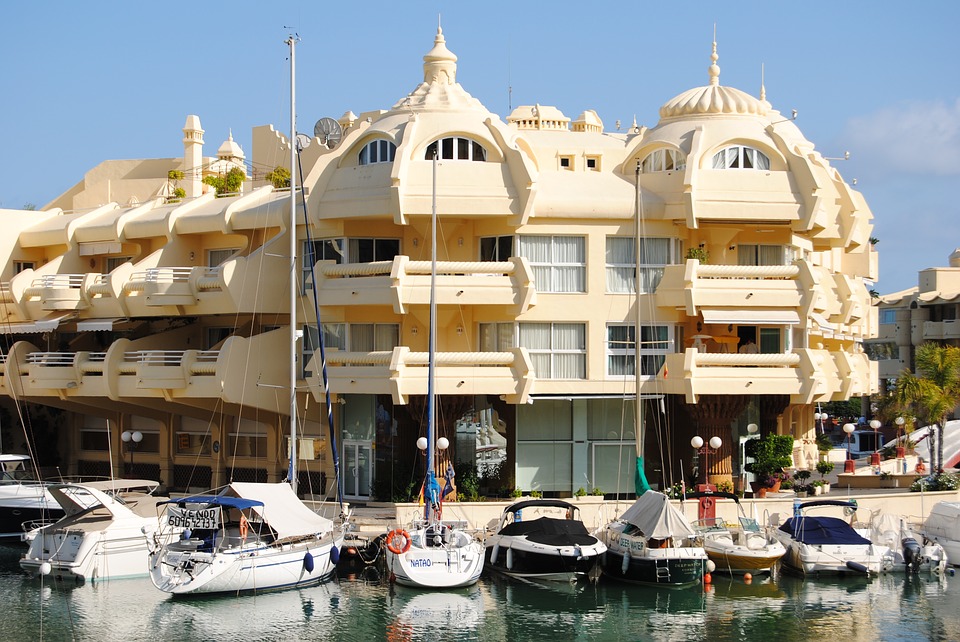
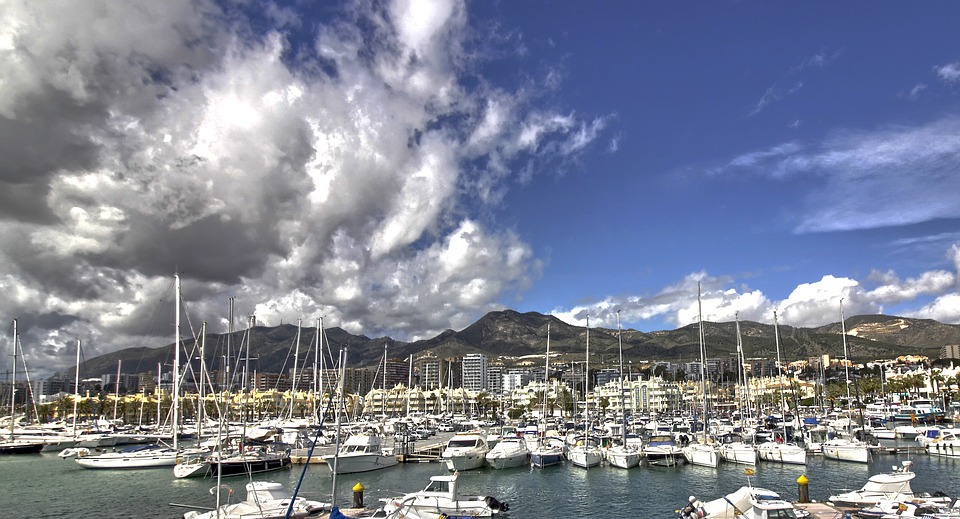
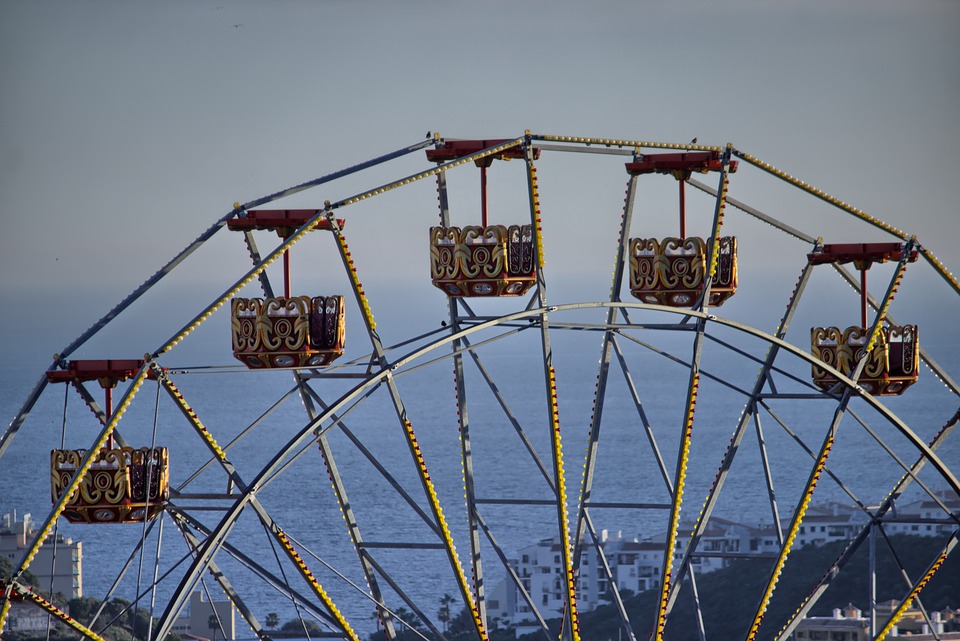
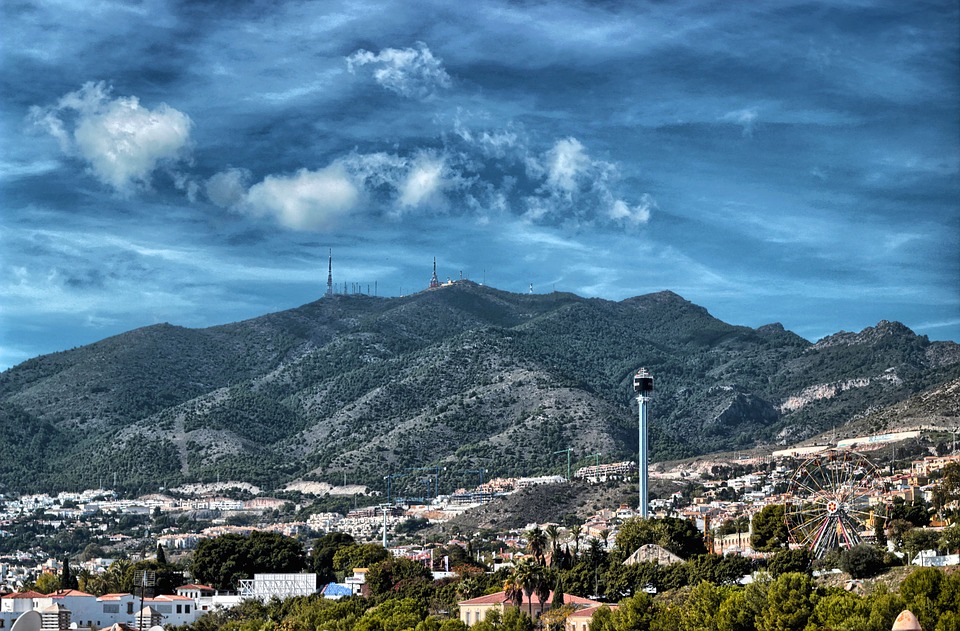
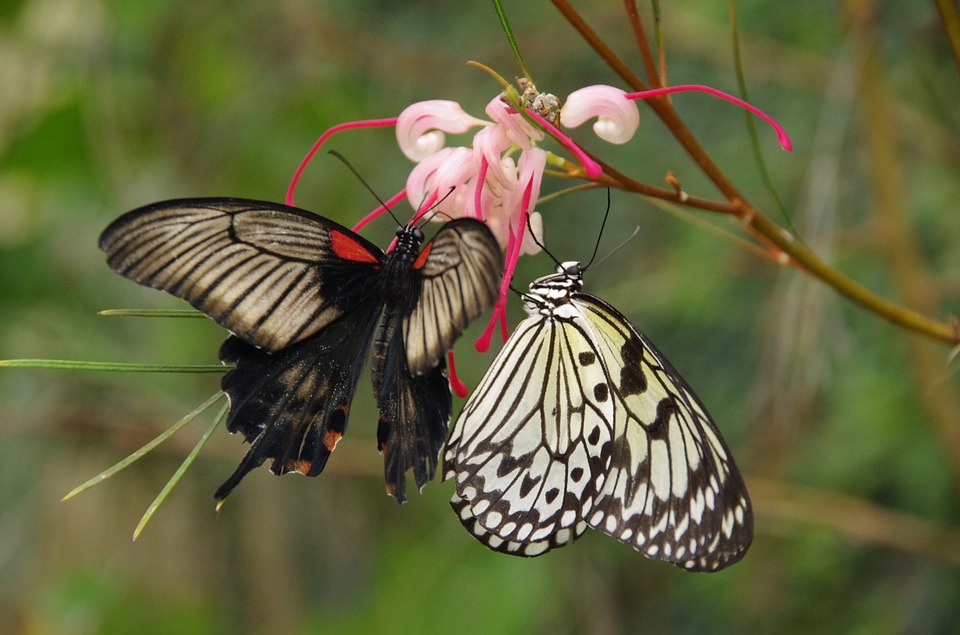
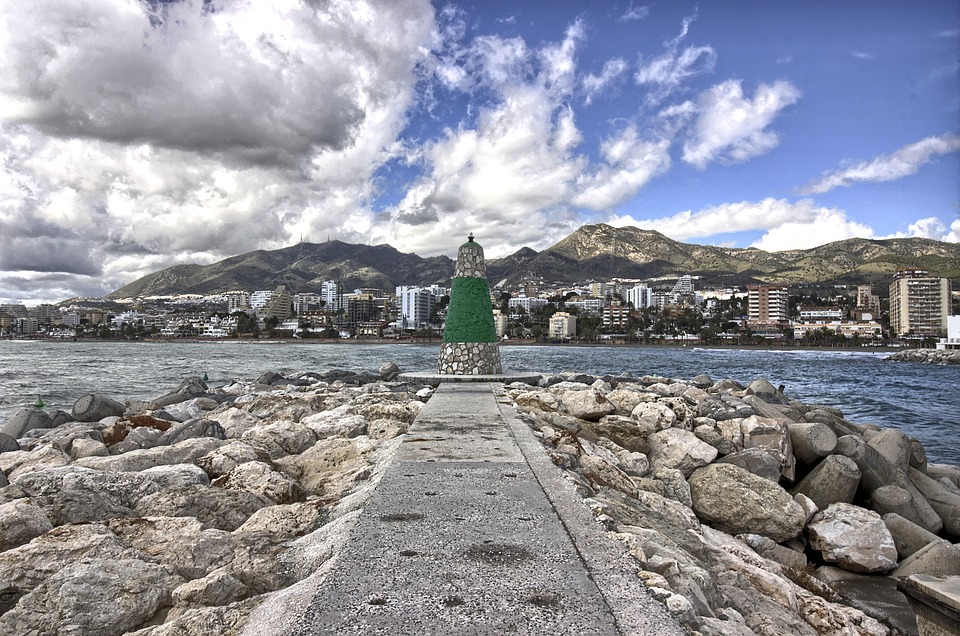
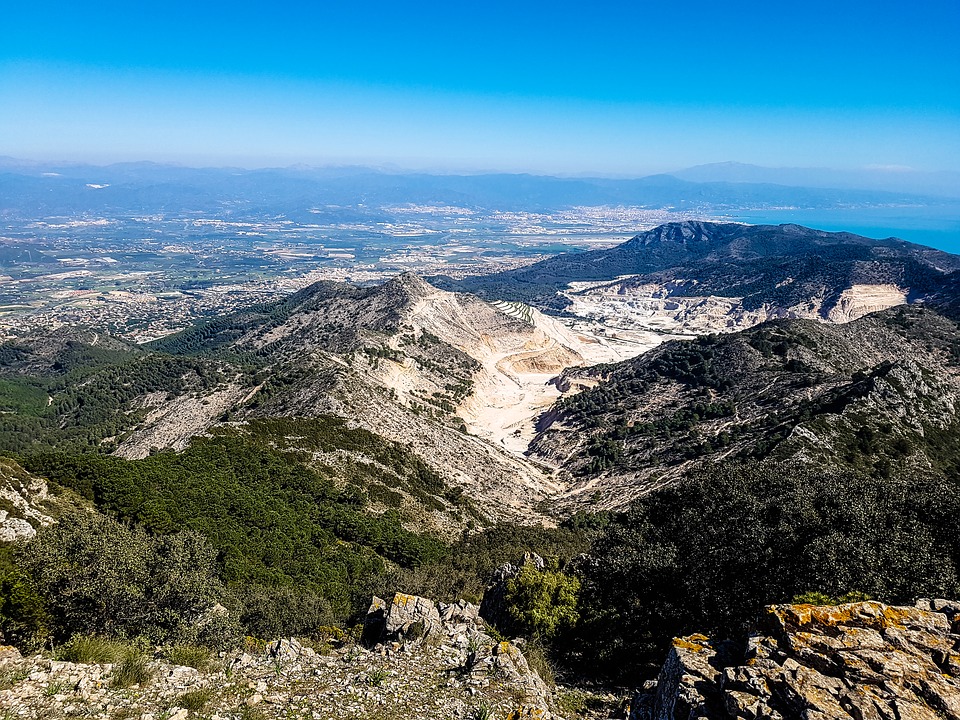
The Arabs gave the village its name, which appears to be derived from Banu Al Madena, meaning “sons of the mines”, a reference to the important mineral deposits which had been heavily exploited since Roman times; a number of archaeological remains pertaining to this period have been unearthed here, notably a mosaic which can be found in the Alcazaba Museum in Malaga.
Prior to the Moslem occupation, Benalmadena had been colonised by Phoenician merchants.
During Arabic times, the castle was an important defensive structure. After the surrender of Marbella, the Catholic Monarchs turned their attention to Benalmadena, believing that the remaining villages on the way to the city of Malaga would present few difficulties. This was not the case, however, as its inhabitants, protected by their fortress, offered stiff resistance, and King Ferdinand was forced to direct operations himself.
Following its capture in 1485, the castle was totally destroyed and its inhabitants dispersed.
In 1491, the Catholic Monarchs granted a citizen of Malaga, Alonso Palmero, a letter of privilege allowing him to repopulate the area and rebuild the village and its castle under the supervision of the chief magistrate of the aforementioned city.
Benalmadena became a key location in the defence of the coast against the attacks of North African pirates. Remains of three towers can still be found on the coast: El Muelle, Quebrada and Bermeja.
Despite the presence of Roman remains and a mosque in Arroyo de la Miel, a district of Benalmadena, the suburb as we know it today appeared at the end of the 18th century as a result of the hydraulic installations and paper and playing card-producing facilities created by the Galvez de Macharaviaya family, and the presence of a sugar and honey cane factory, the sweet residual waters of which gave the area its name (Arroyo de la Miel translates as the Stream of Honey).
Eminent citizens
Ibn Al Beithar who was born in the late 12th century and died in Damascus in 1248. An illustrious apothecary, botanist and essayist, he spent forty years travelling across Europe, Africa and Asia. He also became Saladin’s doctor and director general of the Malek Kamil Gardens in Damascus.
Benalmadena offers all visitors a wide range of possibilities to spend an enjoyable holiday. In Benalmádena Pueblo, which is the town’s historic centre, you will find the ‘Iglesia de Santo Domingo de Guzmán’ (Church of Santo Domingo de Guzmán), the ‘Museo de Arte Precolombino’ (Pre-Columbian Art Museum) and the ‘Castillo de Colomares’ (Colomares Castle). Very near the town centre, you will find the Stupa de la Iluminación (Benalmadena Stupa) and the Mariposario (Butterfly Park). In ‘Arroyo de la Miel’, the ‘Club de Hielo Benalmádena’ (Benalmadena Ice Rink), Tivoli Amusement Park, and Teleférico Benalmádena (Benalmadena Cable Car) are found here, joining this point with the top of Mount Calamorro, where the ‘Jardín de las Águilas’ (Birds of Prey Exhibition) is located. The ‘Parque de la Paloma’ (Paloma Park), among many other attractions is home to Selwo Marina and the ‘Jardín de Cactus’ (Cactus Garden). And in the coastal area, you will find a magnificent marina with more than a 1,000 mooring points, the Sea Life Centre, ‘Castillo Bil-Bil’ (Bil-Bil Castle), and Torrequebrada Casino. More…
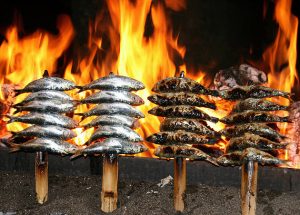 Cazuela Cachorreña. Migas con leche (breadcrumbs fried in milk with morsels of meat). Pescadito frito (small fried fish).
Cazuela Cachorreña. Migas con leche (breadcrumbs fried in milk with morsels of meat). Pescadito frito (small fried fish).
In addition to local cuisine, with small fried fish a speciality, Benalmadena also offers a wealth of international dishes due to its location at the heart of a major tourist area.